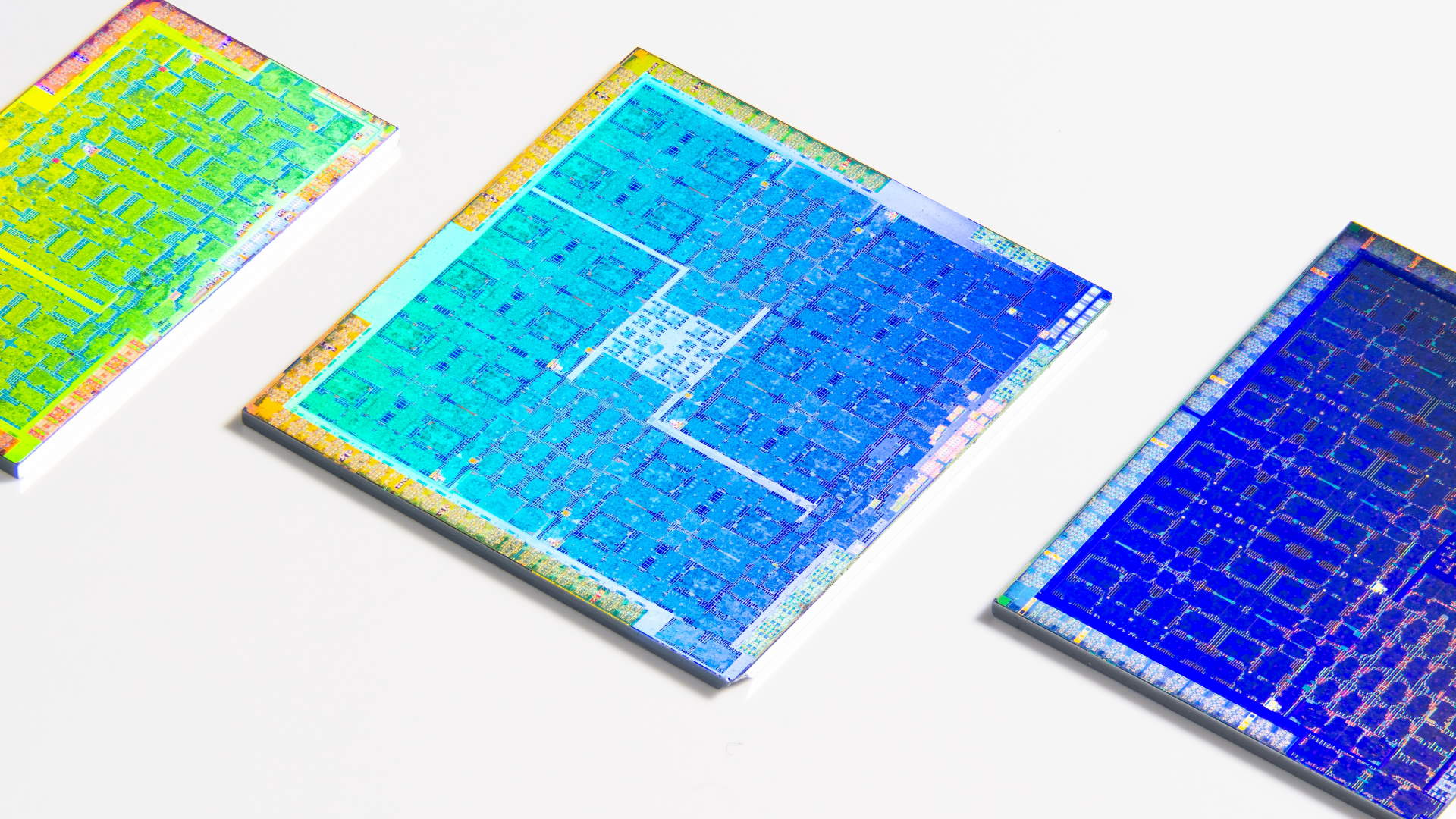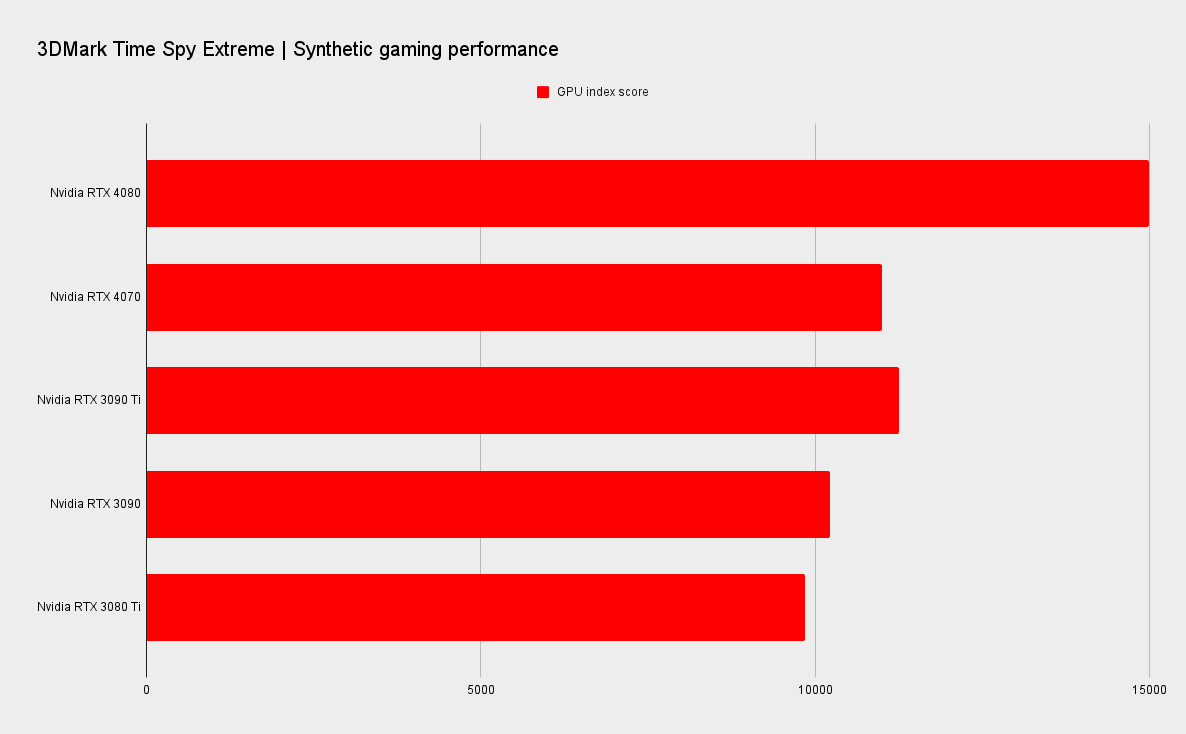Nvidia RTX 4080 and RTX 4070 rumours suggest we're still a while away from a genuine launch
The RTX 4080 gets 512 fewer cores, and the RTX 4070 512 more, but also now gets 12GB of super speedy video memory.

Proving that Nvidia's RTX 40-series graphics cards are seemingly no nearer an actual release, the rumoured specs for the RTX 4080 and RTX 4070 have changed. Again.
Now, obviously these aren't final, confirmed GPU specifications, just rumoured chip numbers, but the fact that the specs for two of the most important graphics cards of the entire Nvidia next-gen are still fluid would suggest they're still not in manufacturing proper.
Interestingly, it looks like Jen-Hsun giveth and Jen-Hsun taketh away, as the RTX 4070 is reportedly getting 12GB of GDDR6X memory now—as opposed to the 10GB it originally was rumoured to have—while the RTX 4080 is getting a cut to its CUDA core count.
Of course this is all based on the tweets of chatterbox Twitter leaker, Kopite7kimi, who has been throwing numbers around like an over-enthusiastic bingo caller for the past year or so. In the past day or so they have posted updated GPU specs, with potential 3DMark Time Spy Extreme scores to boot.
I'd say the most interesting is the RTX 4070 rumour, suggesting Nvidia has heard the unnecessary clamour for 'moar memories' from the ravening tech hordes unhappy at the prospect of only 10GB of GDDR6 on the third-tier AD104 Lovelace GPU, and thrown them another couple of gigabytes of quick VRAM to keep 'em quiet.
Aside from that, however, the increase to a 192-bit bus is more welcome, and the fact it's supposedly got the speedy 21Gbps memory now, too. But it is also getting a healthy extra dollop of CUDA cores if this latest leak is to be believed. The previous spec held 7168 cores, where the new number's 7680.
There is an update of RTX 4070. PG141-SKU3317680FP3212G 21Gbps GDDR6X300WTSE >11000August 4, 2022
The opposite has happened with the new prospective RTX 4080 GPU, however, with the latest AD103 chip spec coming with 9,728 CUDA cores as opposed to the 10,240 that was previously promised.
Keep up to date with the most important stories and the best deals, as picked by the PC Gamer team.
That means the RTX 4080 has 512 fewer cores, while the RTX 4070 has 512 more cores. Which likely equates to four streaming multiprocessors (SMs), though probably won't make a huge difference in general rasterised performance. It might make a difference in ray traced performance, however, as you're either gaining or losing a further four RT cores in the mix.
I'm not a chatterbox, but I have to make some updates. I hope you don't mind. a possible RTX 4080, PG136/139-SKU360AD103-300-A19728FP32256bit 16G 21Gbps GDDR6Xtotal power ~420WTSE ~15000Now I have completed the latest update for 4090, 4080 and 4070.August 5, 2022
Still, the (probably not completely fabricated) Time Spy Extreme scores are tantalising, however, putting the RTX 4070 at the same level as the RTX 3090 Ti, and the RTX 4080 some 33% higher. Alongside the very best of our scores from the last generation, it's a potential step change in performance.

But, y'know, this all means it's increasingly unlikely that we're going to see more than one RTX 40-series GPU this year, and it's probably not going to be the one you want it to be. We've spoken to insiders who have said it's likely not to be a big launch this year, which plays into the expectation that only the hyper-expensive, mostly unattainable RTX 4090 will be the only genuinely new graphics card from the green team in 2022.
And that's rather depressing.
Best CPU for gaming: Top chips from Intel and AMD
Best gaming motherboard: The right boards
Best graphics card: Your perfect pixel-pusher awaits Best SSD for gaming: Get into the game first

Dave has been gaming since the days of Zaxxon and Lady Bug on the Colecovision, and code books for the Commodore Vic 20 (Death Race 2000!). He built his first gaming PC at the tender age of 16, and finally finished bug-fixing the Cyrix-based system around a year later. When he dropped it out of the window. He first started writing for Official PlayStation Magazine and Xbox World many decades ago, then moved onto PC Format full-time, then PC Gamer, TechRadar, and T3 among others. Now he's back, writing about the nightmarish graphics card market, CPUs with more cores than sense, gaming laptops hotter than the sun, and SSDs more capacious than a Cybertruck.


